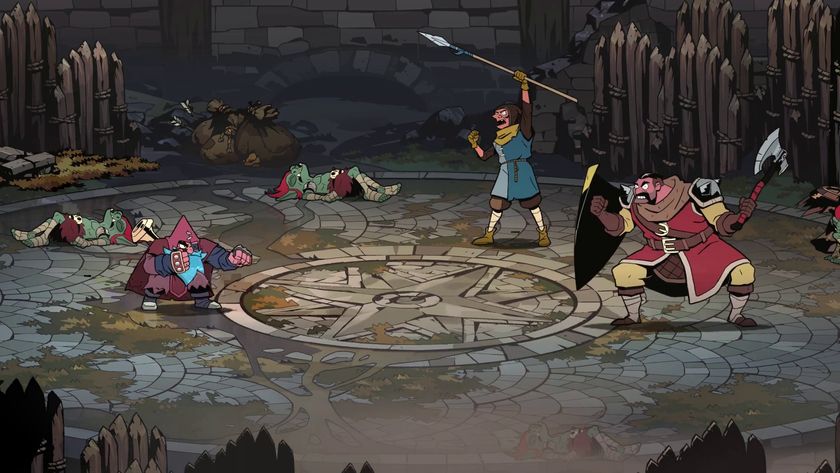The Top 7... sequels that improved nothing
Years of development, stacks of new tech, millions of dollars, no discernable improvement
Attempted improvements: A new playable character, bigger environments
But it’s on this list because: The first Devil May Cry didn’t so much break ground as invoke a global-killer asteroid to strike the Earth’s crust with enough force to give long-dead dinosaurs some seriously troubling flashbacks. It was fast, it was tight, it was deep, it was beyond stylish, and it was a hell of a challenge. In short, it gave action games a kick up the arse hard enough to leave permanent bruising.

And then DMC2 arrived, with worrying speed. Worrying speed and a different development team. That combination is often the ear-splitting klaxon horn that heralds a disappointing sequel, and rarely has there been a better worked example of that particularly tragic rulethan Devil May Cry 2.
It didn’t look as good as the first game (thanks to plainer urban environments that couldn’t hold an over-sized black candle to DMC’s gothic splendour), it didn’t play as well as the first game (thanks to simplified combat and weapons, and a new emphasis on bland, open environments over frenzied, close-range combat), it wasn’t as challenging as the first game (thanks to every monster – even bosses – being as hard as microwaved ice cream) and Dante was nowhere near as cool as in the first game (thanks to piss-weak scripting).
And that second character, with her own campaign on the second disc? Not too bad, but her game was nigh identical to Dante’s. Which, as we’ve subtly hinted above, wasn’t that great.
4. Mario Kart: Double Dash!!
Attempted improvements: Putting two characters in each car (seriously, someone though it was a selling point), 16-player LAN play, dumbed-down gameplay (seriously, someone though it was a selling point)
But it’s on this list because: As fun as it was at times, the Gamecube’s Mario Kart: Double Dash!! was a sequel that didn’t seem to know where to go next. And with no clear evolutionary direction for the kart racing hijinx that Nintendo had pioneered eleven years earlier, it settled for more needless noodling and unnecessary bloat than an over-eating sumo.
Sign up to the 12DOVE Newsletter
Weekly digests, tales from the communities you love, and more

Although briefly gigglesome in co-op multiplayer, putting two characters in each car was an unwanted gimmick that really amounted to little more than an elaborate reskin of a simple weapon-switching system. And worse, it heralded an unfortunate emphasis shift in the series’ gameplay. One of Nintendo’s earlier attempts at increased accessibility, Double Dash (we’re going to drop the exclamation marks now, because they demean us all) was much more about the weapons than the driving, making for silly, knockabout fun, but a game with a much-decreased care for player skill.
To that end, even Mario Kart’s iconic bunny hop was dropped in order to make banana skins harder to evade, and, possibly to make course navigation less intimidating, the tracks became wider and less challenging, which also killed the sense of speed. Want to know where Mario Kart Wii’s irritating weapon-spam nonsense came from? It all started here. Which was doubly frustrating given that Mario Kart DS managed to get things so right in between the release of the two home console versions.

















